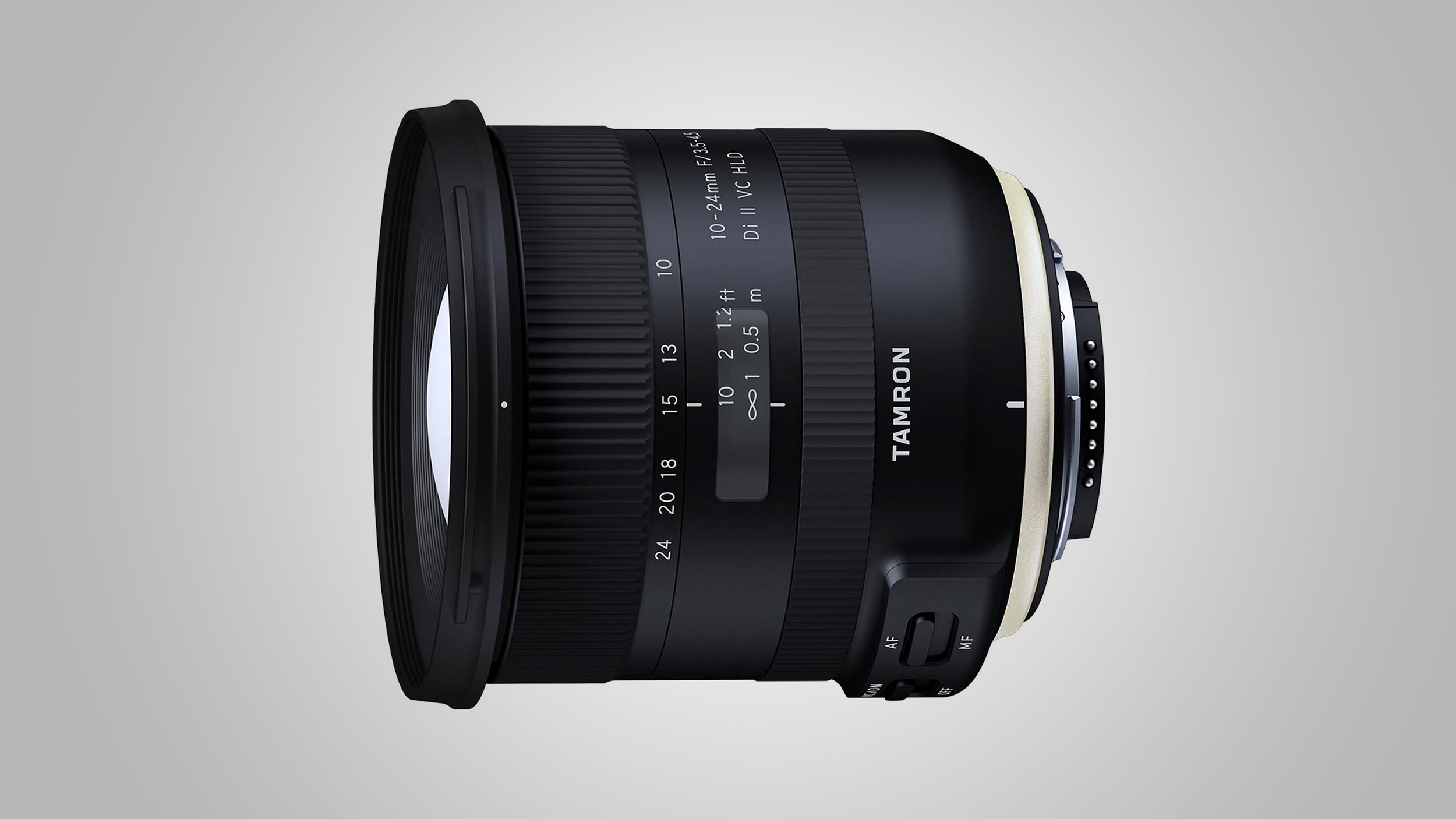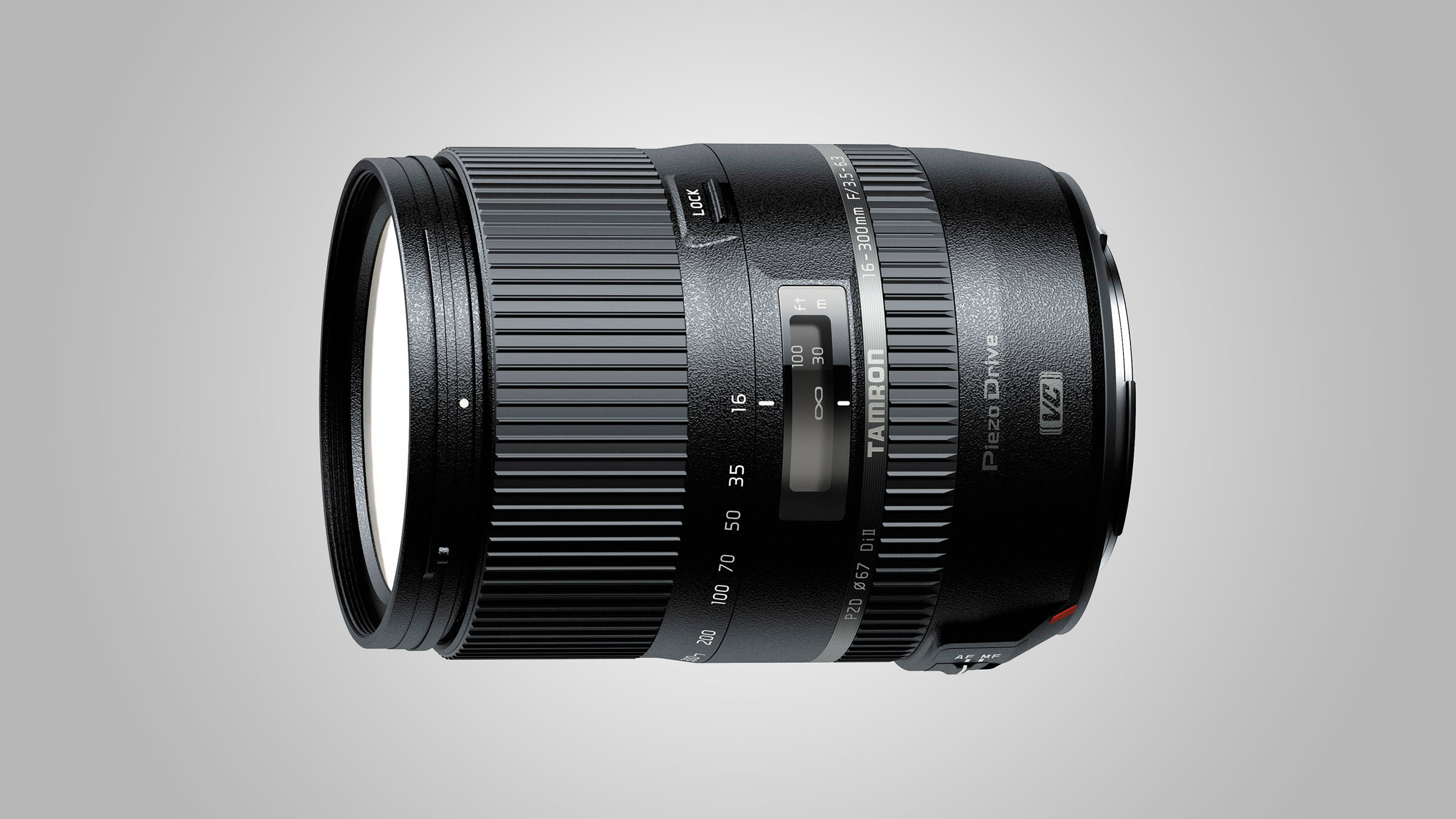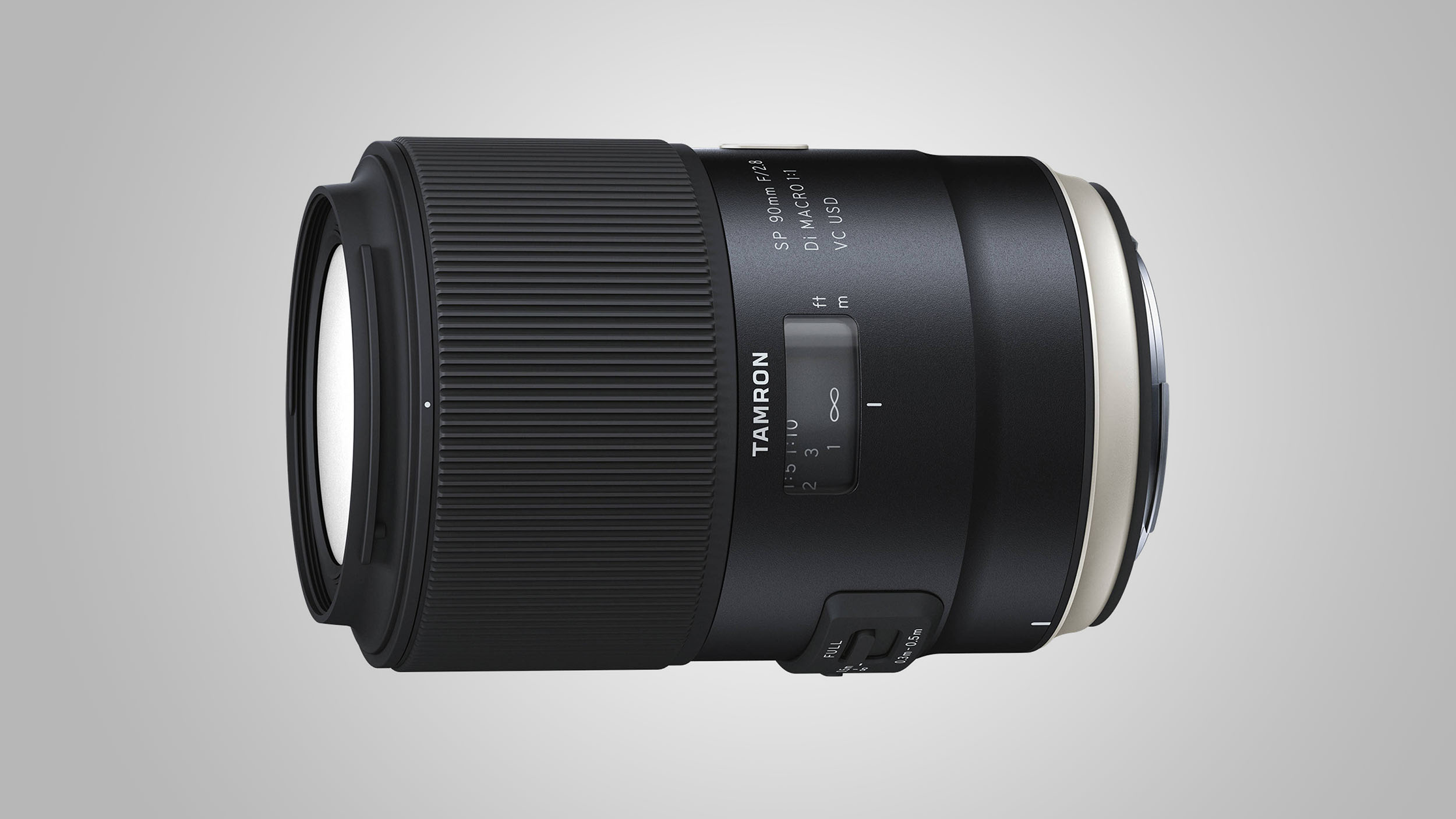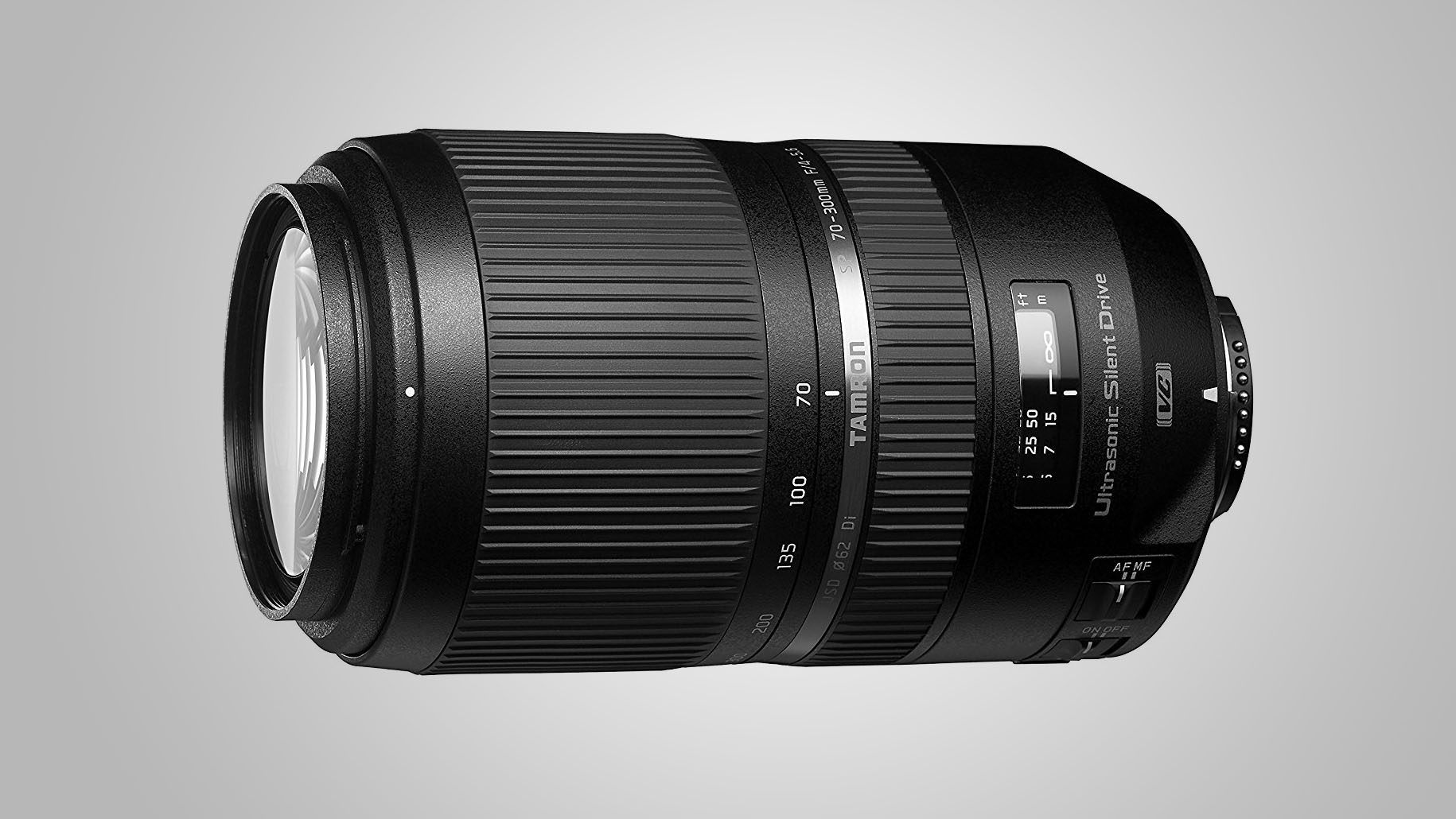Buy any DX format Nikon DSLR (such as a D3400 or D5600) as a kit that comes complete with a standard zoom lens and you’re off to a great start. With an APS-C format image sensor, the 1.5x crop factor enables lens designs to be relatively compact and lightweight, compared with their FX (full-frame) counterparts, yet with the potential for excellent all-round performance and image quality.
However, while a kit zoom lens should prove sufficient for many photographic scenarios, it’ll come up short in terms of telephoto reach for shooting action sports and wildlife. You might also find it lacks a sufficiently wide viewing angle for landscape and interior shots, and it won’t fit the bill when you need a tight depth of field to blur the background in portraiture, or for extreme close-ups in macro shooting.
The biggest bonus of any interchangeable lens camera is that you can fit the ideal glass for the job at hand, from ultra-wide zooms to super-telephoto lenses, and fast primes in between. And sometimes FX format lenses are actually a better option than using dedicated DX lenses on DX format bodies.
Independently manufactured lenses from the likes of Sigma and Tamron often give similar or even better performance than own-brand Nikon lenses
If you’ve got a Nikon camera, it makes sense to use Nikon lenses. However, independently manufactured lenses from the likes of Sigma and Tamron often give similar or even better performance than own-brand Nikon lenses – and the prices are often more competitive.
So, after rigorous testing of all the contenders, both in our lab and in ‘real-world’ shooting conditions, here’s our list of the 10 best Nikon lenses you can buy for your DX format DSLR. We’ve included outright winners in all popular categories, as well as best-value alternatives to suit a tighter budget.

A major upgrade from Tamron’s original 10-24mm lens, the new ‘VC HLD’ edition adds optical stabilization and a new autofocus system, which is quicker and quieter, as well as improving handling, as the focus ring no longer rotates during autofocus. The high-quality build includes weather seals and a keep-clean fluorine coating on the front element. Image quality benefits from good sharpness and contrast, along with well-contained distortions for an ultra-wide zoom lens, and fairly minimal color fringing.
Great-value option: Sigma 10-20mm f/3.5 EX DC HSM
For about the same money as Nikon’s budget AF-P DX 10-20mm f/4.5-5.6G VR lens, this Sigma is more refined, better built and delivers greater image quality, but lacks stabilization.

We’ve got so used to autofocus that a lens which only allows you to focus manually might sound like a retrograde step. However, the huge depth of field enabled by a lens with such a short focal length makes accurate focusing less critical. Better still, the Samyang’s distance scale enables you try traditional focusing methods for landscape and street photography, like setting the hyperfocal distance and ‘zone focusing’. Smart design and high-quality glass help to ensure good image quality, while nano-structure coatings help to keep ghosting and flare to a minimum.
Great-value option: N/A
Wide-angle prime lenses for DX format cameras are practically non-existent. The Samyang 10mm is not only the best choice, it’s also the best value.

On balance, this is the best DX format standard zoom lens for Nikon cameras. It’s beautifully built and features no less than four ED (Extra-low Dispersion) elements, along with nano-structure coatings plus fluorine coatings on the front and rear elements. Ring-type ultrasonic autofocus is fast and near-silent, and the VR (Vibration Reduction) stabilization system is highly effective. However, while image quality is very good overall, sharpness drops off a little at the long end of the zoom range, and barrel distortion is clearly noticeable at the short end.
Great-value option: Sigma 17-70mm f/2.8-4 DC Macro OS HSM | C
Relatively compact and lightweight, this Sigma has a variable yet fairly fast aperture rating and delivers impressive image quality, all at a bargain price.

Thanks to the 1.5x focal length multiplier or ‘crop factor’ of DX format Nikon cameras, this lens gives an effective focal length of 52.5mm, making it ideal as a standard prime. Typical of Tamron’s recently launched prime lenses, it’s FX (full-frame) compatible, so you can use it as a wide-angle prime if you upgrade to an FX camera later on, without being limited to ‘crop mode’. Ring-type ultrasonic autofocus is fast and quiet, with the usual manual override facility, and Tamron’s proprietary VC optical stabilization system is very effective.
Great-value option: Nikon AF-S DX 35mm f/1.8G
It’s less expensive to buy than the Tamron, matches it for aperture rating and delivers very pleasing image quality, but it’s not as well built and lacks stabilization.

Competitively priced compared with Nikon’s own-brand superzoom lenses, this Tamron shrinks to 16mm rather than the usual 18mm at the short end of its zoom range, and while those couple of millimeters might not sound much, the extra wide-angle potential is very noticeable in practice. There’s no skimping at the long end either, with a generous 300mm maximum focal length. Unusually for a PZD (Piezo Drive) ultrasonic autofocus system that relies on a small motor rather than a ring-type arrangement, the focus ring remains fixed during autofocus while adding a manual override facility. The only real downside is that, as with most superzoom lenses, sharpness drops off a little at the long end of the zoom range, and barrel distortion is quite pronounced at the short end.
Great-value option: Tamron 18-200mm f/3.5-6.3 Di II VC
Remarkably compact and lightweight for a superzoom, this new edition of Tamron’s 18-200mm makes an excellent ‘travel lens’ and is unbeatable value at the price.

Compared with budget 50mm lenses like the Nikon AF-S 50mm f/1.8G, this one is a fair bit more expensive. It also lacks the more usual and slightly faster f/1.4 aperture rating of most similarly priced lenses. However, the Tamron is really nicely made, and boasts an optical stabilizer that’s usually lacking in ‘fast standard prime’ lenses. It’s full-frame compatible, but gives an effective focal length of 67.5mm on DX cameras, ideal for portraiture. Bokeh (the pictorial quality of defocused areas) is an important consideration with portrait lenses, and it’s here that Tamron strikes gold, producing a deliciously smooth and creamy background blur while retaining good sharpness at the plane of focus.
Great-value option: Nikon AF-S 50mm f/1.8G
If you’re willing to sacrifice a little in terms of build and image quality, and can do without optical stabilization, this budget Nikon lens only costs about a third of the price of the Tamron.

Not to be confused with the preceding Tamron 90mm macro lens of the same name (which had a gold ring around the barrel), this one adds higher-grade glass, dual nano-structure coatings, improved weather seals and a fluorine coating on the front element. More importantly, it has a redesigned autofocus system that’s optimized for close-up shooting, and a new ‘hybrid’ optical stabilizer that counteracts axial shift (up-down or side-to-side movement) as well as the usual angular vibration (wobble). The net result is that this lens is the best in its class for capturing consistently sharp extreme close-up shots. Even so, at full 1.0x magnification, using the shortest focus distance, you’ll still need a tripod.
Great-value option: Sigma 105mm f/2.8 EX DG OS HSM Macro
It lacks the Tamron’s hybrid stabilization system and weather seals, but offers refined handling and delivers superb image quality.

Our favorite budget telephoto zoom used to be the FX format Nikon AF-S 70-300mm f/4.5-5.6G IF-ED VR, but sadly that lens has now been discontinued. Nikon has launched a much more expensive replacement, as well as reasonably priced DX 70-300mm lenses, with and without VR, but the Tamron lens offers better build quality and image quality than the DX lenses, and is much more affordable than the new Nikon FX format lens. The ring-type ultrasonic autofocus system is fast and quiet, and sharpness and contrast are very good throughout the entire zoom range, although as usual with telephoto zooms, sharpness does drop off a little at 300mm. Tamron’s optical stabilizer works well to ensure consistently sharp images in handheld shooting.
Great-value option: Nikon AF-S DX 55-200mm f/4-5.6G ED VR II
This DX format lens is significantly cheaper to buy than the FX format Tamron, and, while it doesn’t offer as much telephoto reach, its retractable design makes it remarkably compact for stowing away.

At only about half the price and half the weight of Nikon’s top-grade 70-200mm f/2.8 lens, this f/4 edition has a lot going for it, especially for use with DX format cameras. Not only does the weight reduction make the lens more comfortable for prolonged handheld shooting, but the overall balance feels better with relatively lightweight DX bodies – and it’s still an FX format lens, so can be used on both DX and FX bodies without any restrictions. Image quality is simply stunning, with fabulous sharpness and contrast, along with highly effective stabilization. A further bonus is that with most recent upmarket Nikon cameras that support autofocus at f/8, you can still use autofocus with an optional 2x teleconverter. One disappointment is that if you want a tripod collar to enable a better balance when using a tripod or monopod, especially in portrait orientation shooting, you’ll need to buy one as an optional extra, and the genuine Nikon item is very pricey.
Great-value option: Sigma 70-200mm f/2.8 EX DG OS HSM
A great bargain buy, the Sigma has the faster, often favored f/2.8 aperture rating and is a very good performer, although it lacks weather seals.

One of the most exciting recent lenses from Nikon, this super-telephoto zoom is unusual in having a constant aperture rating, which is none too sluggish at f/5.6. It’s an FX format lens that gives a maximum ‘effective’ focal length of a mighty 750mm on DX format bodies; that’s not quite as much as using one of Sigma or Tamron’s 150-600mm zooms, but it’s not far behind. As usual with Nikon’s ‘E’ type lenses, the aperture is electromagnetically controlled, which enables better accuracy and consistency in exposure when shooting sequences in high-speed continuous drive mode. This is great for sports and wildlife photography, to which the lens is ideally suited; however, it does make the lens incompatible with older Nikon DSLRs. The VR system features an additional Sport mode, which makes it much easier to track fast and erratically moving subjects through the viewfinder.
Great-value option: Sigma 100-400mm f/5-6.3 DG OS HSM | C
The maximum focal length is comparatively modest, but Sigma’s new Contemporary class super-telephoto zoom is wonderfully compact and lightweight, making prolonged handheld shooting less of a strain.